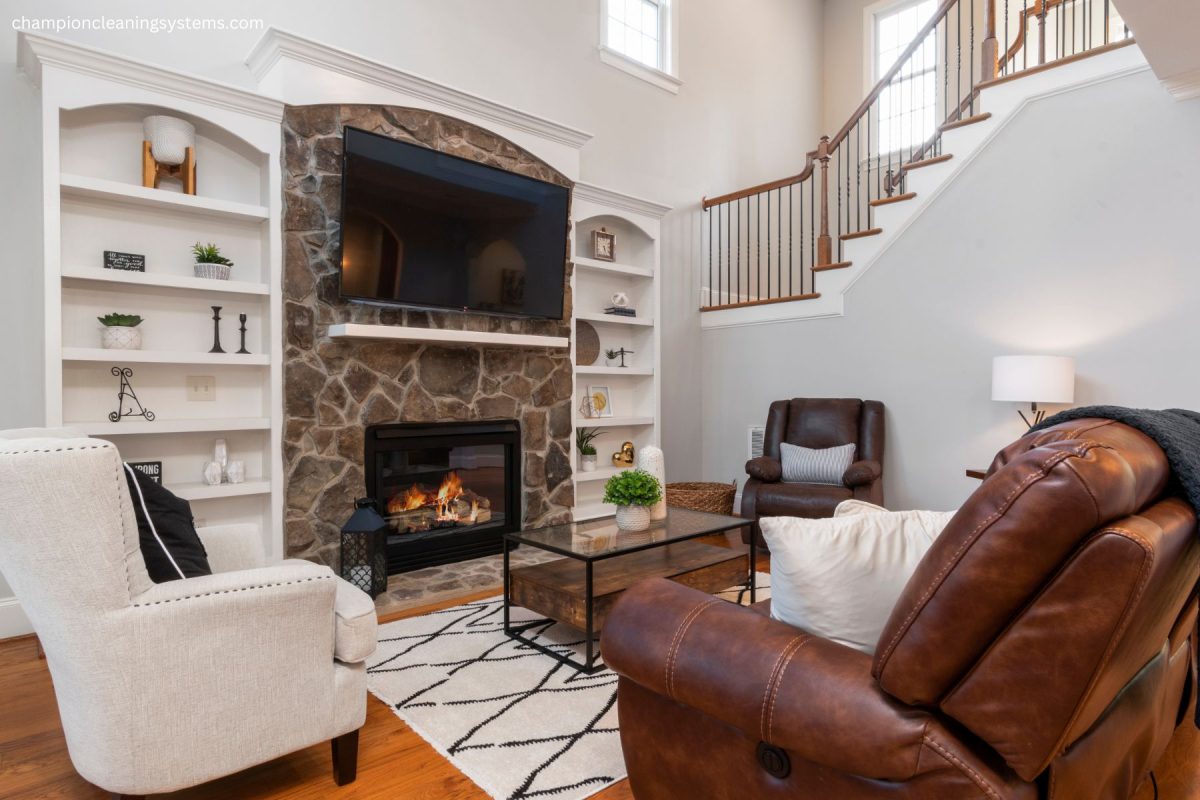24/7 Emergency Service

As temperatures plummet during the winter months, the water in your outdoor plumbing can freeze, leading to burst pipes and costly repairs. Taking proactive steps to winterize your plumbing can save you from these potential disasters and ensure that your system functions smoothly when spring arrives. Here’s how to prepare and protect your outdoor plumbing from winter’s chill. Read part one below.
Water left in outdoor faucets and hoses can freeze, expand, and cause damage. Disconnect and drain garden hoses, and store them indoors to prevent cracking. Turn off the water supply to outdoor faucets if possible, and open the taps to let any remaining water drain out.
Exposed pipes are especially vulnerable to freezing. Use foam pipe insulation, heat tape, or other protective materials to cover pipes in unheated areas like basements, garages, and crawl spaces. For outdoor pipes, weatherproof insulation sleeves offer a sturdy solution against the cold.
If your home is equipped with standard outdoor spigots, consider upgrading to frost-proof models. These spigots are designed to prevent water from freezing within the pipes, significantly reducing the risk of damage.
Sprinkler systems and other outdoor irrigation setups should be winterized to avoid damage. Drain the system completely and blow out any remaining water with compressed air. Check manufacturer guidelines for specific winterizing instructions for your irrigation system.
Part two will be posted on Thursday.

